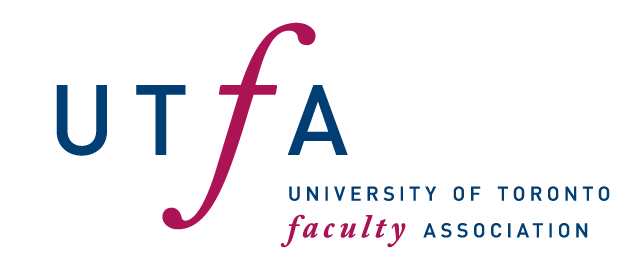It seems intuitive that the best approach to reopening is to compromise: If we meet the virus halfway, then surely we can have more normal lives and avoid widespread community transmission. This intuition is part of the fuel behind the enthusiasm for “hybrid” plans for school reopening, in which groups of children alternate periods of in-person instruction with remote learning. But unless they are prepared very carefully indeed, hybrid plans can be among the most risky of all — especially if the main goal is to prevent the virus getting into schools. The reason is the networks the virus uses to transmit itself.
Imagine a hybrid plan like the one being considered by Boston Public Schools for all grades. Here, students are split into two groups that have in-person instruction either Monday and Tuesday or Thursday and Friday, with the schools getting thoroughly sanitized on Wednesdays (a third group, including those learning English or with special educational needs, study in person all four days). When they do not have in-person instruction, students will be learning remotely. Alternatives to this would be to have different groups of kids alternating in-person instruction weekly or even daily.
These all sound superficially reasonable. So what’s the problem?
The problem is what happens on the days when students are supposed to be remote learning. Most parents will struggle with work commitments, and that will be especially true for the large number of parents who cannot work from home. They will need child care. That could mean a family member (maybe one in an older at-risk age group), a part-time nanny or a gathering of groups of families for kids to learn remotely together, with parents taking turns supervising. What all of these have in common is that they introduce additional contacts beside the ones that happen in school or in the families on their own — which the school cannot monitor for adequate protection or test (and yes, schools should be testing).
